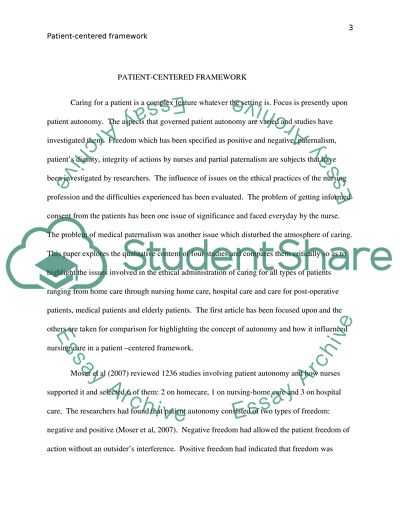Patient- Centered Framework Article Example | Topics and Well Written Essays - 1000 words. Retrieved from https://studentshare.org/nursing/1435534-patient-centered-framework
Patient- Centered Framework Article Example | Topics and Well Written Essays - 1000 Words. https://studentshare.org/nursing/1435534-patient-centered-framework.


